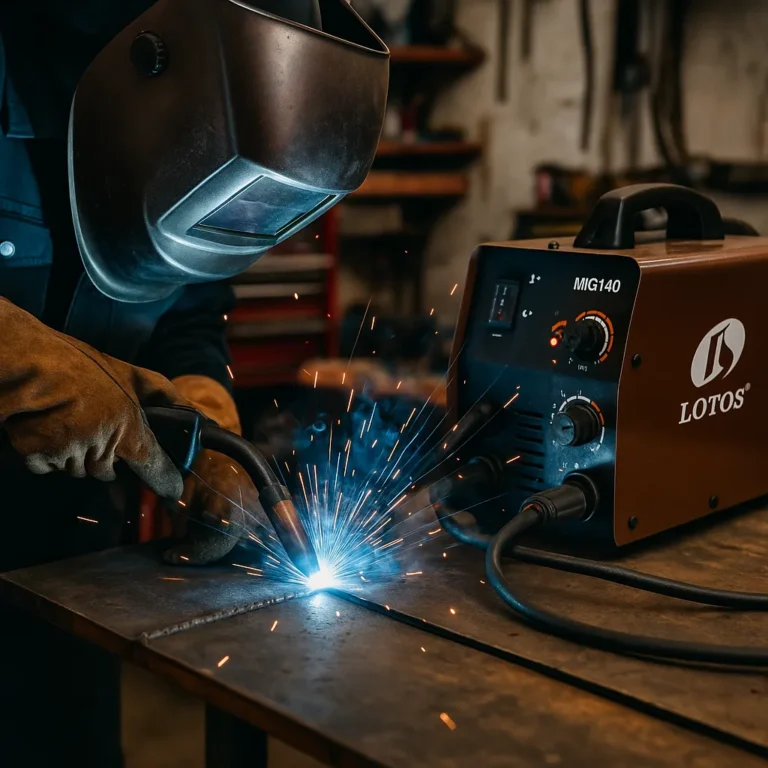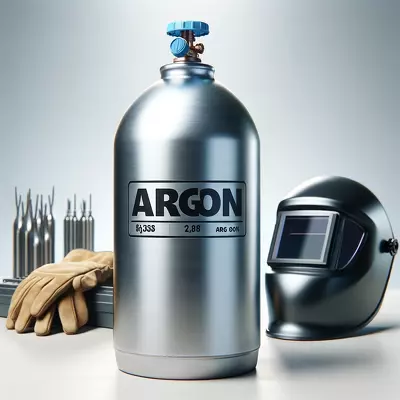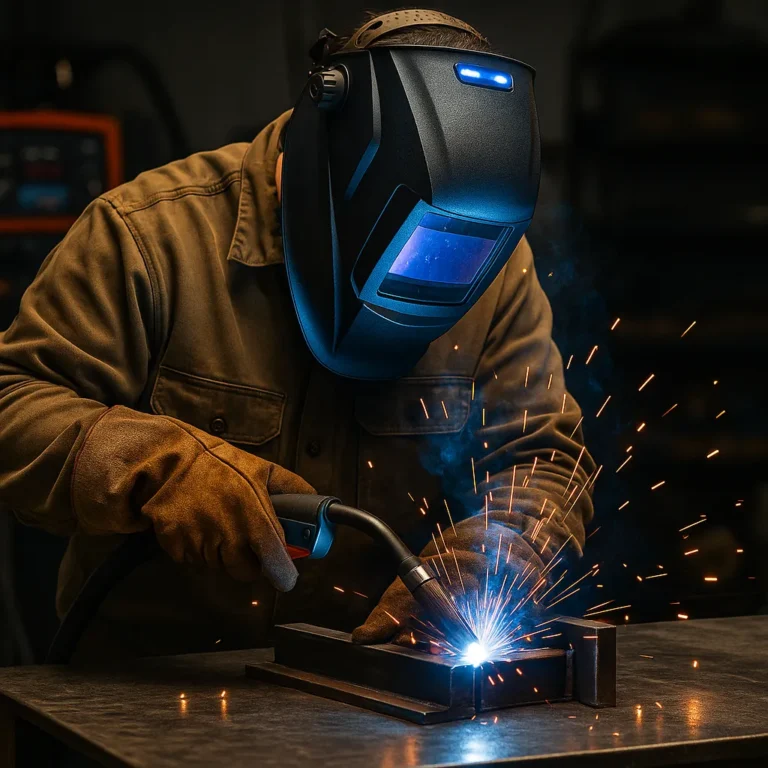Is Welding Hard to Learn? What to Expect as a Beginner

Welding can look a little intimidating — all that bright light, loud pops, and protective gear — but the truth is, it’s a very learnable skill. Plenty of beginners pick it up with some patience, the right setup, and a few solid hours of practice. It’s not effortless, but it’s far from impossible.
Whether you’re looking to repair a trailer, build furniture, or just try something hands-on, here’s what to expect when you’re learning to weld — from the gear you’ll need to the techniques that feel easier starting out.
MIG, Stick, or TIG? Each One Feels Different to Learn
The process you choose has a big impact on how challenging welding feels early on.
MIG welding is often the easiest place to start. It uses a wire-fed gun and shielding gas, which means your job is mostly guiding the torch and letting the machine handle the wire feed. Many hobby welders say they got their first clean beads with MIG thanks to how smooth and forgiving it is.
Stick welding is a little less forgiving but still very common. Striking an arc can be frustrating at first, and you’ll deal with more spatter and cleanup. That said, stick is ideal for outdoor repairs and heavy-duty jobs where appearances aren’t everything.
TIG welding is the most precise—and the most difficult to learn. It involves steady hand coordination and often a foot pedal for amperage. It’s slower, but when done well, the welds are incredibly clean. TIG is best for detail work on stainless steel or aluminum.
Gear and Setup Make a Big Difference
Starting with the right equipment can save you a ton of frustration. Many beginners recommend a compact 120V MIG welder with adjustable settings. Machines that automatically balance voltage and wire feed based on your material make it easier to get consistent results right out of the box.
Also important: visibility and comfort. Auto-darkening helmets, bright LED lighting in your workspace, and a sturdy table can make a huge difference when you’re just learning. If you’re fumbling with a heavy helmet or welding in poor light, even the simplest welds feel harder than they should.
Start Small with Practice Projects That Matter
You don’t need to build a fancy trailer or fire pit right away. A lot of folks begin with simple weld beads on flat plate, followed by small frames, brackets, or even a utility cart. These kinds of hands-on projects build confidence without overwhelming you with precision or structural integrity requirements.
Based on community feedback, the best progress often comes from practicing in short bursts — welding a few beads, inspecting them, and trying again. Repeating this kind of feedback loop helps you get a feel for torch angle, travel speed, and arc control.
Safety and Comfort Help You Stay Focused
No surprise here — welding gear is essential. But it’s not just about protection; comfort matters too. A poorly fitted helmet, stiff gloves, or an awkward welding jacket can cut your sessions short.
Many beginners say one of their best upgrades early on was a lightweight, auto-darkening helmet with a clear viewing area. It helps you stay focused on technique rather than fumbling to flip a hood or adjust your view. Add proper ventilation and a pair of heat-resistant gloves, and you’re ready for extended practice without the distractions.
Conclusion
Welding has its challenges, but it’s absolutely learnable with the right approach.
- MIG welding is the easiest way to get started and delivers fast, clean results.
- Stick welding is tougher to master but super useful for rugged outdoor work.
- TIG welding offers the most precision, but it takes patience and steady hands.
- The right setup, safety gear, and practice projects can smooth out your learning curve and keep things enjoyable.
If you’re curious about welding, give it a shot. Start small, keep your expectations realistic, and enjoy the process of turning sparks into solid steel.






